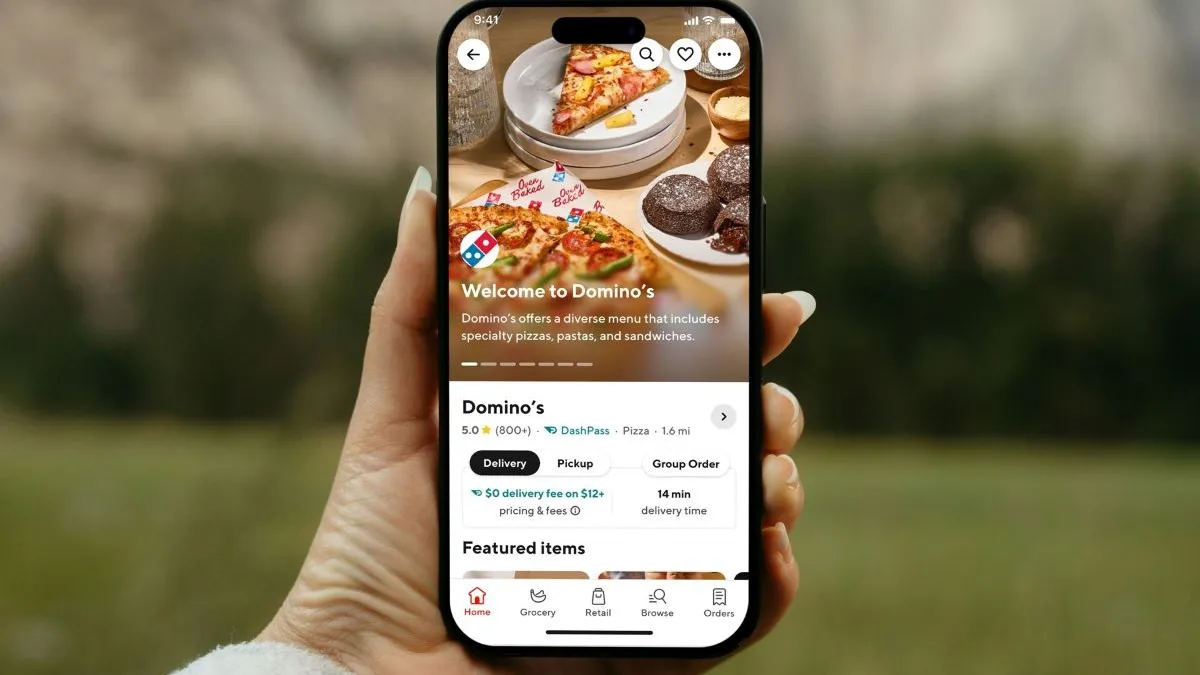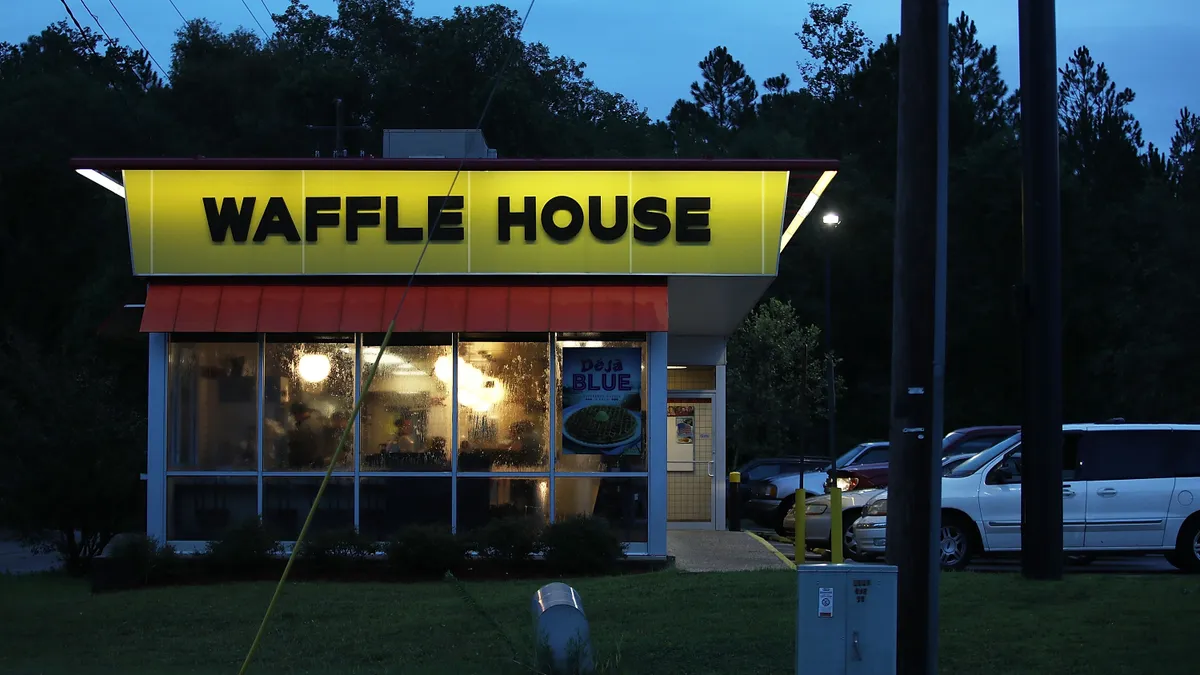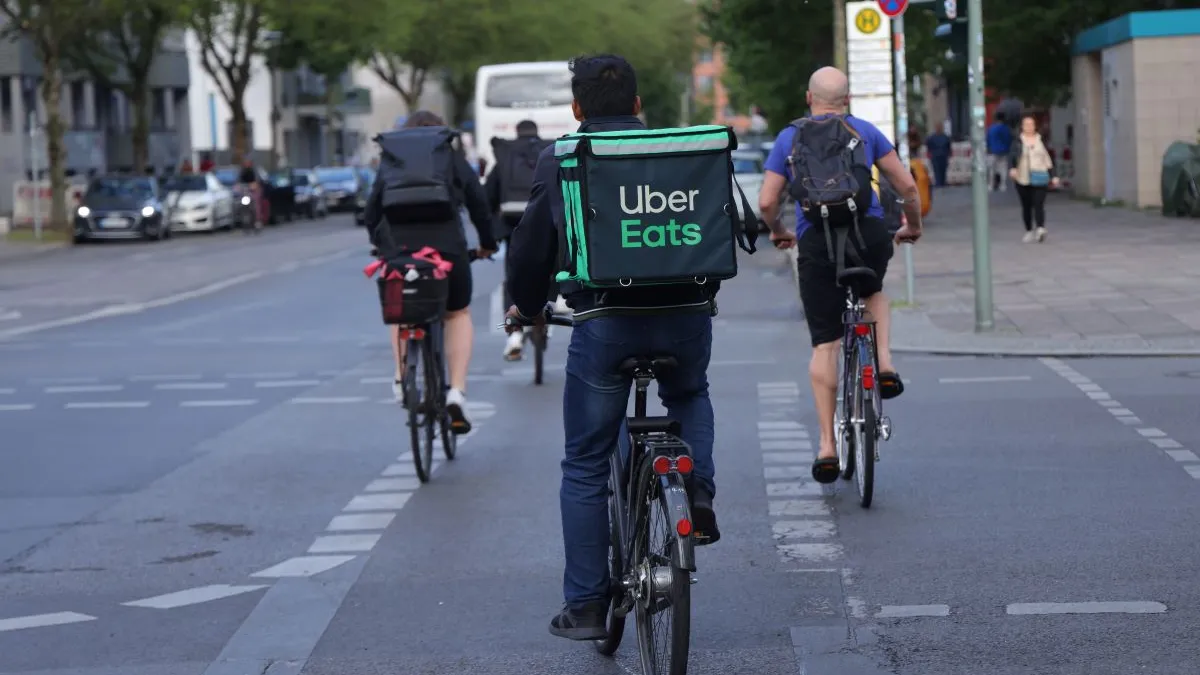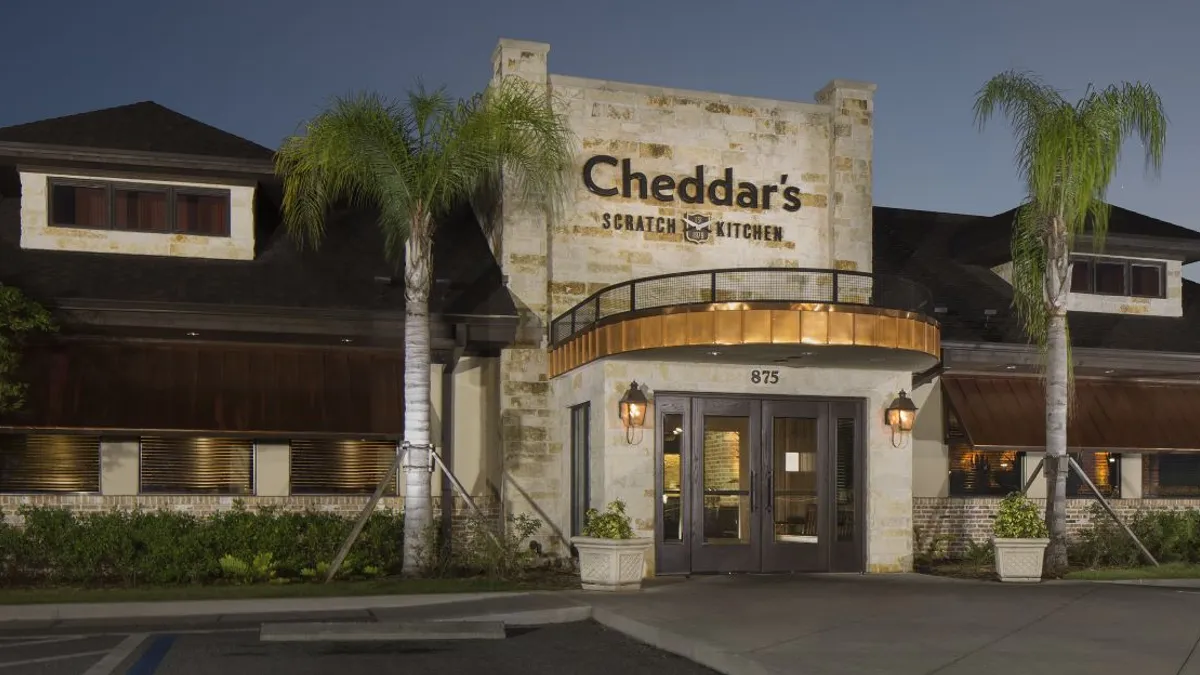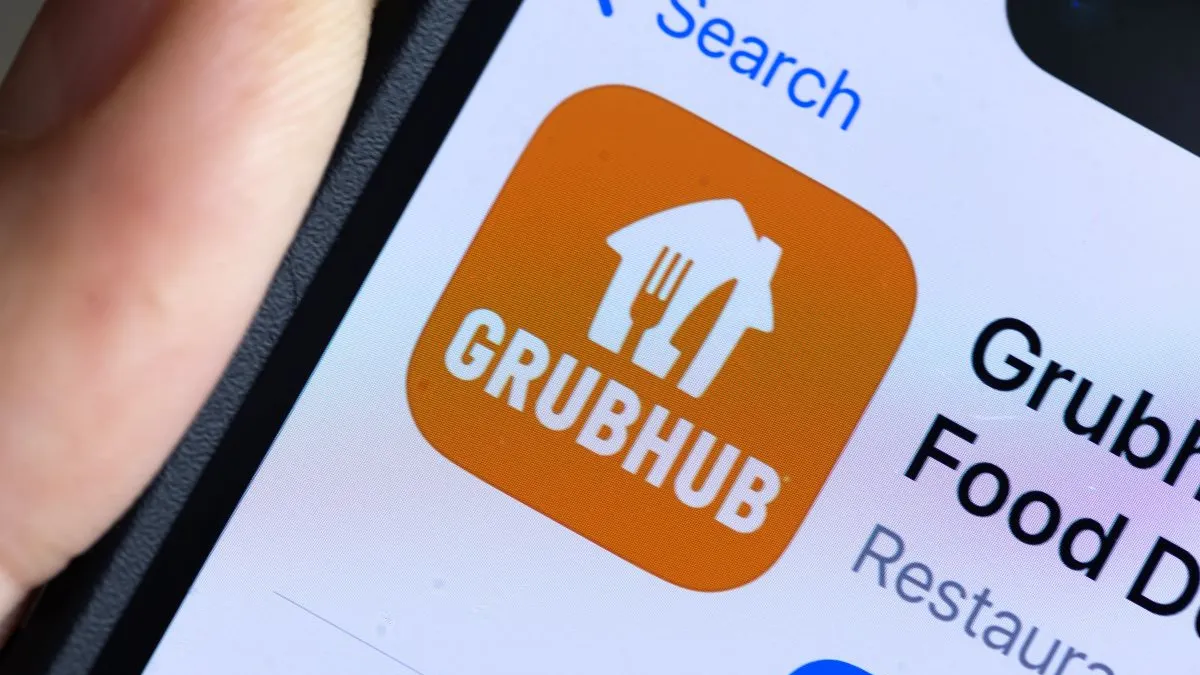Even as c-stores look to draw more shoppers inside their locations with foodservice and other options, they shouldn’t take their eyes off delivery. Revenue for the food delivery market in the U.S. is projected to reach around $270 billion by the end of this year, according to Statista, with $87 billion of that coming from meal delivery.
Convenience stores are well positioned to offer this service, experts say, putting them in direct competition with restaurants and supermarkets.
"Delivery is the future," said Adit Gupta, co-founder and CEO of Philadelphia-based Lula Convenience, which connects c-store operators to third party marketplaces and handles onboarding and fulfillment. "The best customers are the omnichannel customers who order online on Friday and come in on Monday."
Delivery customers can be a boon to convenience retailers. According to research from Vroom Delivery, a Miami-based company that helps c-stores build out their delivery programs, the average delivery order is $44, or around five times higher than the in-store check average.
"Customers might be trying to get the most out of that fixed delivery fee," said John Nelson, CEO and founder.
The goal with delivery is to bring new customers to the business, he said, adding that e-commerce typically does not cannibalize in-store sales. And it's delivery or nothing for some customers. In 2020, Vroom polled customers on what they'd have done if the delivery service wasn't available: 81% said they wouldn't have otherwise driven to the store, said Nelson. Convenience is the driving factor, with 51% of respondents saying they ordered delivery rather than going to the store.
On top of that, retailers have very high retention rates with delivery customers, Nelson said, especially since 2020. "The trends and habits people developed in COVID [have] continued."
Ask what sells
A wide variety of products can sell through delivery, so retailers need to decide how they want to approach it. Many convenience stores start with delivering foodservice, then add groceries and other items.
Huck's Market, based in Carmi, Illinois, started offering delivery in 2020, and foodservice offerings constitute the bulk of orders — especially pizza and chicken. Also popular are sweet baked goods, candy bars and packaged beverages like 12-packs and two-liter bottles, said Jon Bunch, director of marketing and business development for Huck’s.
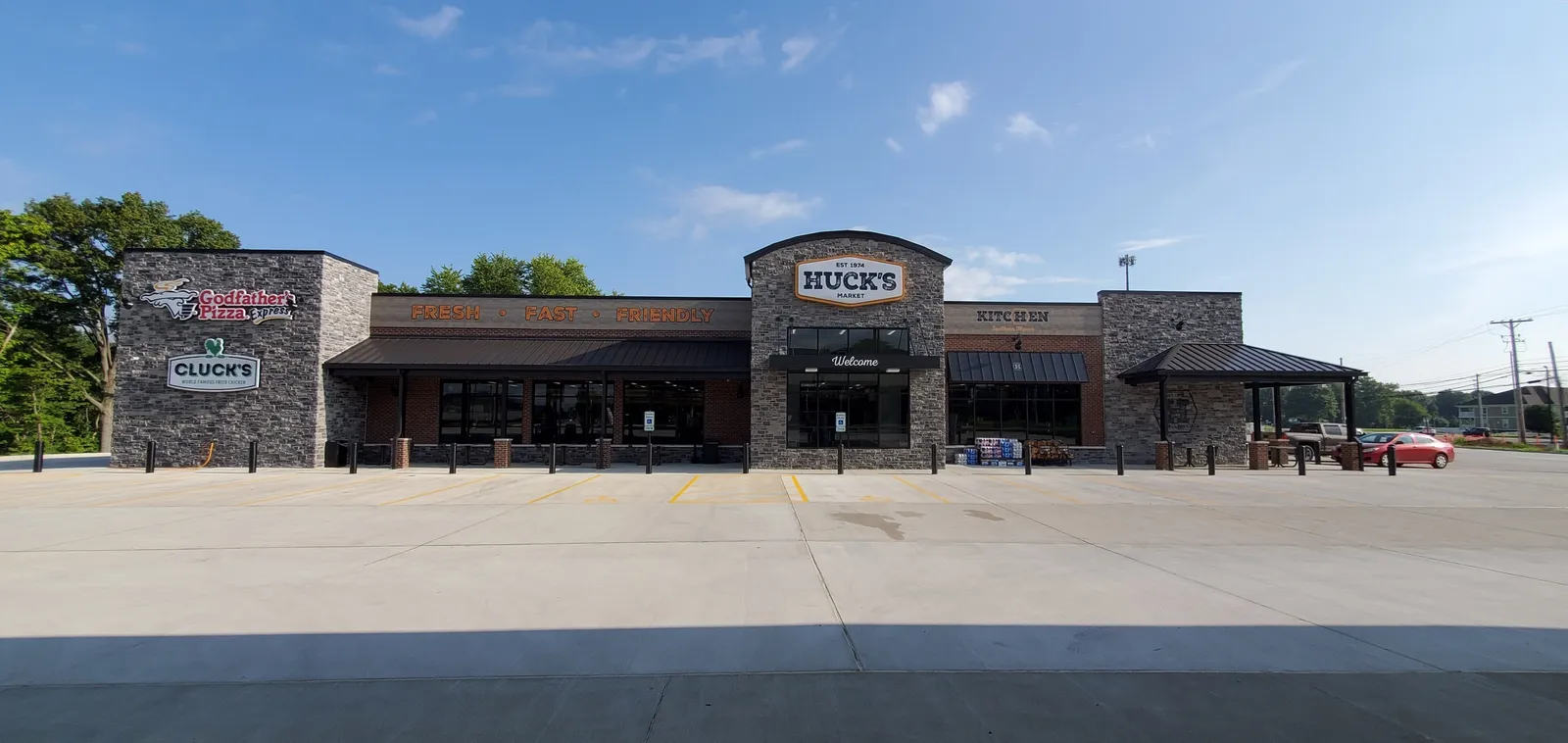
When Huck's launched its program, foodservice made up 80% of the 100 items on the menu. Since then, the chain has gradually added more CPG items and soon will feature 1,500 foodservice and grocery offerings for delivery.
For Tennessee-based Weigel's, pizza is also the top delivery item, said Nick Triantafellou, director of marketing and merchandising. The stores also offer the best-selling grocery items from each category.
"We then strategically pick certain items to carry on delivery even if it isn’t a top seller," he added.
Spicy snacks, alcohol and ice cream all do well. Vroom's Nelson said "snack-only orders are not uncommon," while energy drinks are another popular purchase.
The best-selling items according to Grubhub, which works with independent and large convenience store chains including 7-Eleven, are soda, pizza, taquitos, sports drinks and candy.
But largely, it depends on the retailer and geography, says Nelson. At rural c-stores, delivery tends to be largely foodservice; in urban areas, age-restricted items like alcohol are the best sellers.
Third-party or in-house delivery?
Retailers can deliver items themselves or work with third-party delivery companies like Grubhub and DoorDash, whose DoubleDash allows customers to add convenience store items onto a restaurant order.
Third-party delivery companies offer a simple and fast way to launch a delivery program, experts say. Retailers who opt for third-party delivery upload a database of items for sale with the third-party companies, though Lula and other companies will do this, as well
For retailers that work with an e-commerce provider like Vroom, shoppers can also order through the retailer's own website or app, and a third-party delivery person simply picks up the items and drops them off with the customer.
Huck's uses three third-party companies for delivery. "Labor savings is the biggest benefit. If we did it ourselves, we would need to always have staff on duty to potentially accommodate delivery needs," said Bunch. However, the company is developing a proprietary delivery platform for delivery.
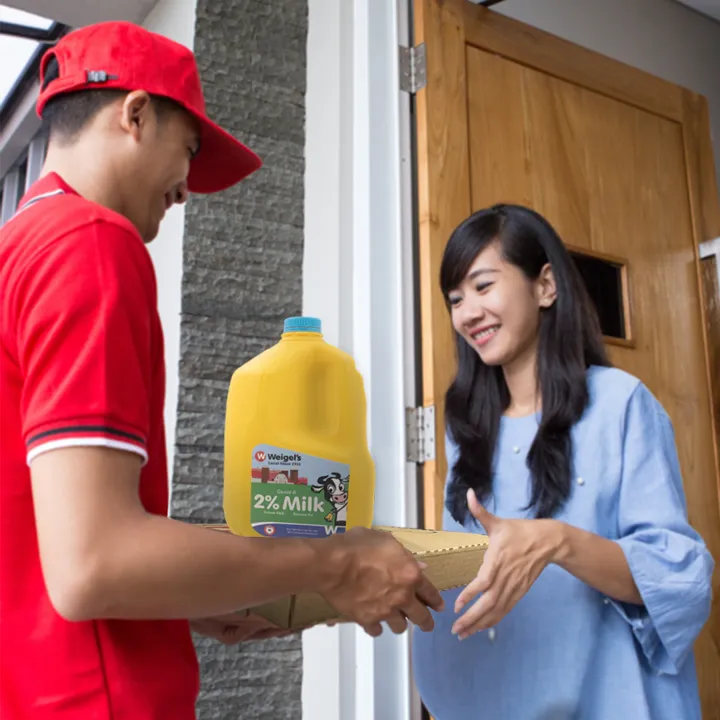
Weigel's works through Vroom, which "is not as expensive as it would be doing it yourself," Triantafellou said. "There are other factors to take into account if you wanted to do it yourself like company vehicles, insurance, [and] time spent delivering versus working in the store."
Handling delivery in-house has some benefits, Nelson said. "You can control the whole flow and make sure employees are dressed right and say the right things, and you can act on a bad review." At the same time, he pointed out, "third party [delivery] is a lot easier. You just turn it on and can scale up quickly."
Aligning with loyalty
There are some operational downsides to customers ordering through third-party delivery companies. The convenience store not only doesn't own or have access to any customer data generated by the order, but the marketplaces also operate independently of a retailer’s loyalty program.
It's slightly different when working through Vroom, because these customers mostly order through the retailer's website or app so the loyalty program is integrated.
Letting digital orders access its loyalty program was important for Weigel's, said Triantafellou.
"We wanted to make sure our customers could continue earning points and club rewards when shopping with us, regardless of which platform they used,” said Triantafellou. “We knew we would be able to offer 21+ products and cigarette smokers are trained to get their multi-pack discount."
Boosting revenue
Huck's often sees a revenue boost with digital orders since third-party companies offer add-ons in the form of a “customer also bought” feature when people are checking out.
"You can definitely raise the average basket size by offering add-ons but also displaying how big of a basket it takes to get free delivery," said Triantafellou.
Add-ons are a great way to boost sales, Nelson said, and many retailers upsell at multiple points (typically at the beginning and at checkout) during the online ordering process. Vroom can automate this, or retailers can push certain items. Typically 10% to 20% of people will add something extra to their delivery cart, Nelson pointed out.
And delivery customers are good ones to capture. For Weigel's, more than 50% of these customers are repeat customers. Add to that the higher baskets and the more frequent shopping and delivery has the opportunity to greatly enhance a c-store’s offerings.










